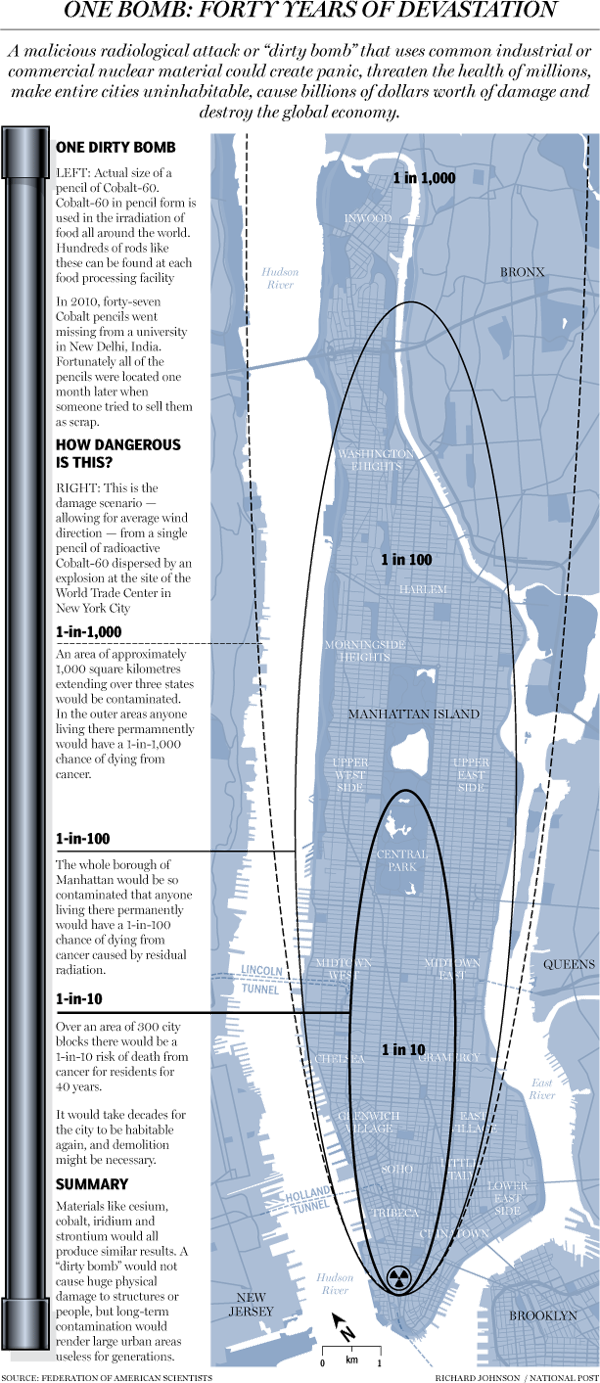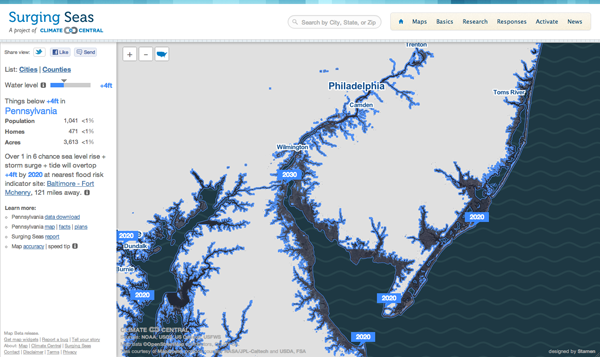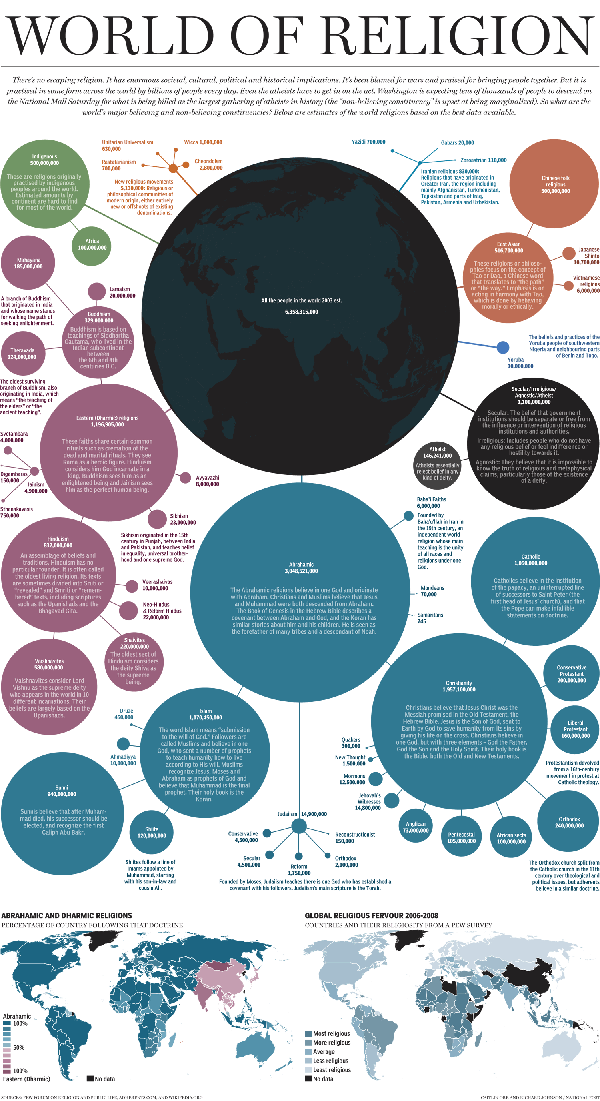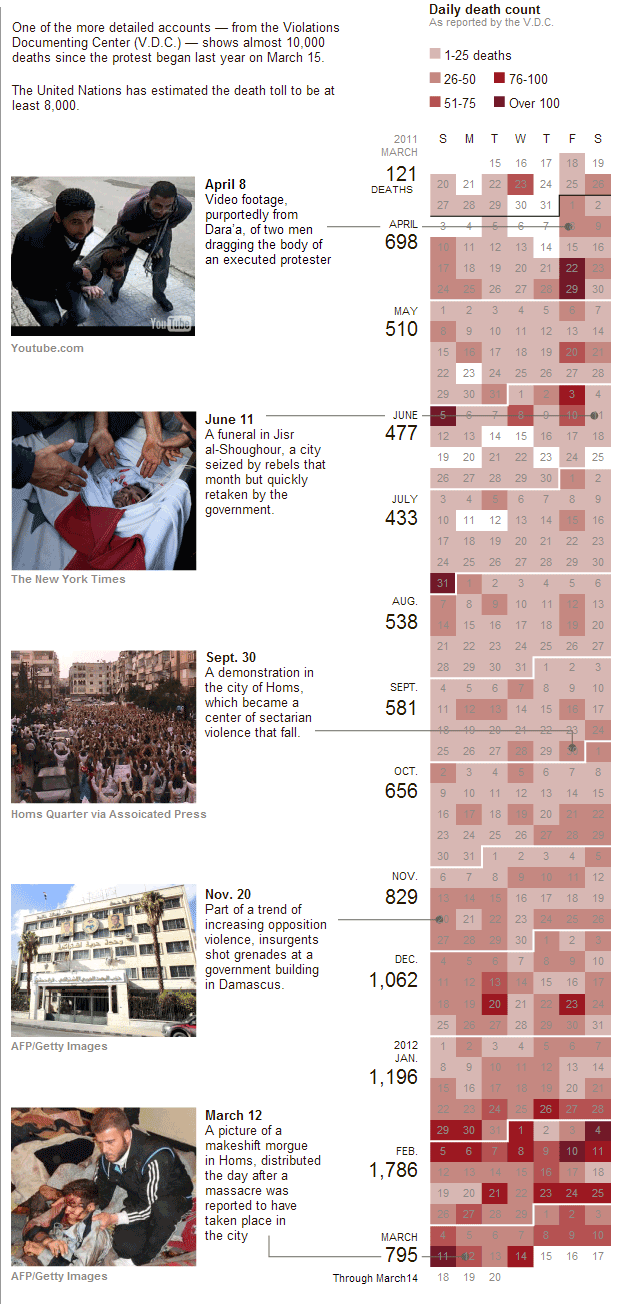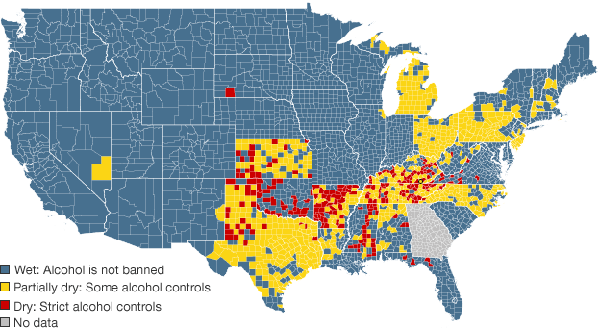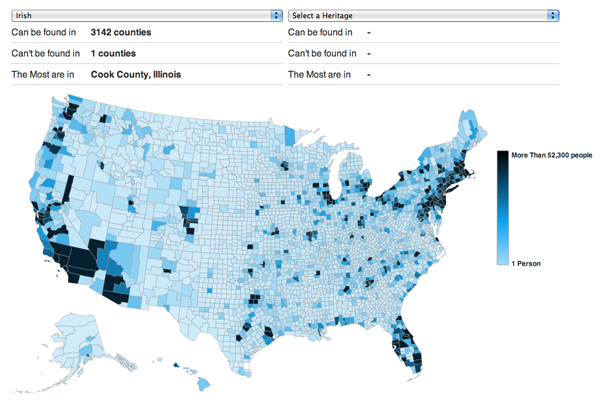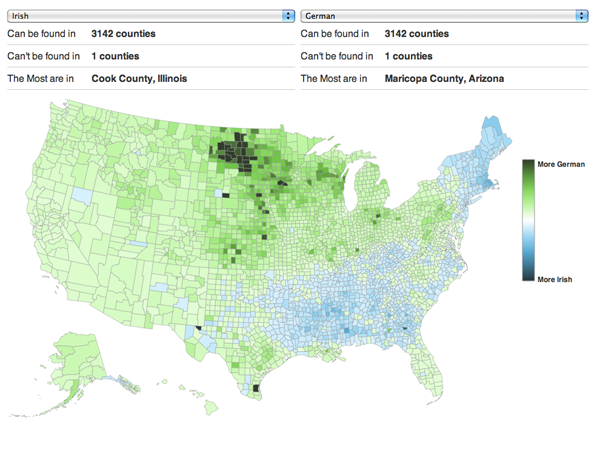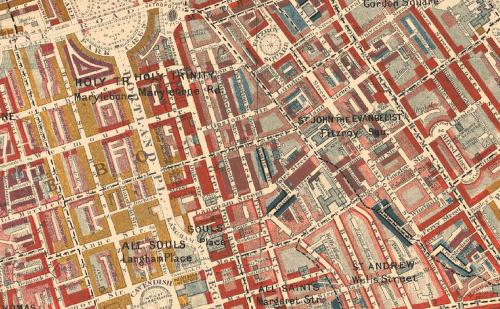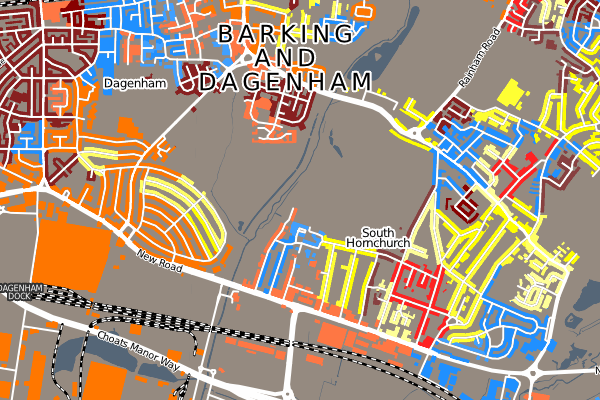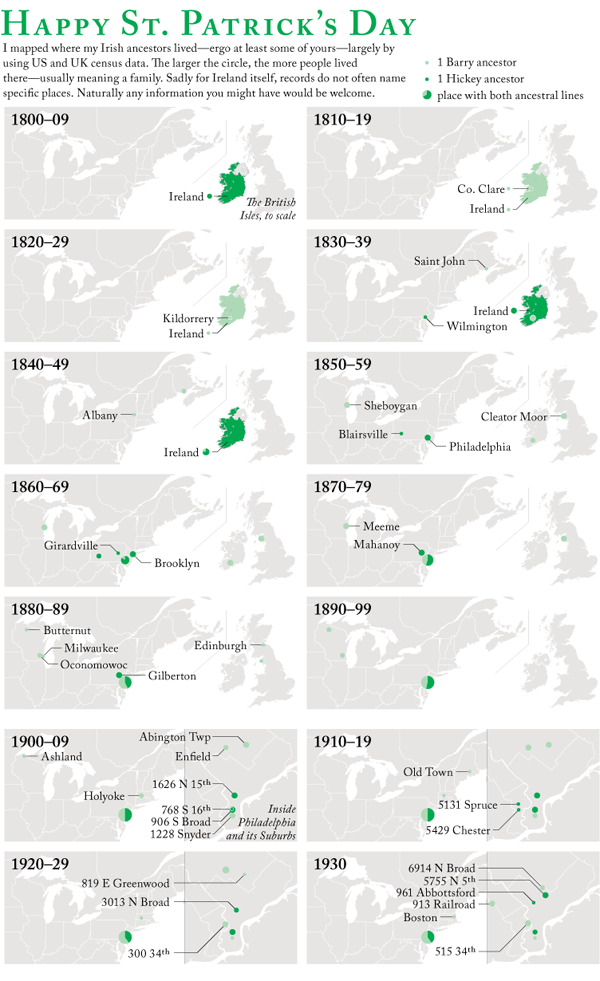Via the Guardian comes an interactive piece from researchers at MIT and the Technical University of Lisbon that allows users to examine urban environments to compare population, energy use, and building material intensity for a select set of 42 different cities. The screenshots below are of neighbourhoods in Philadelphia.
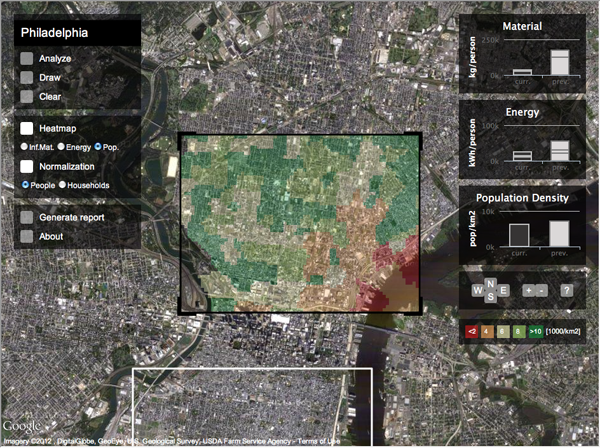
Once the user has chosen an area, he or she can move on and analyse a different section of the city. This behaviour generates a comparison on the right of the current area to the previous area.

After the user has found an area of particular interest, he or she can generate a graphical report that summarises the findings for the selected area and compares that to other areas of similar scale in the city.
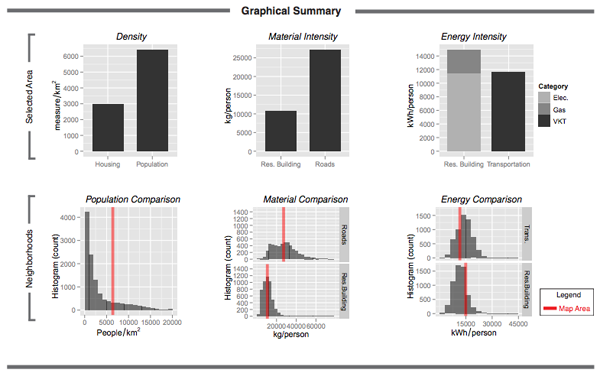
Credit for the piece goes to David Quinn and Daniel Wiesmann.


